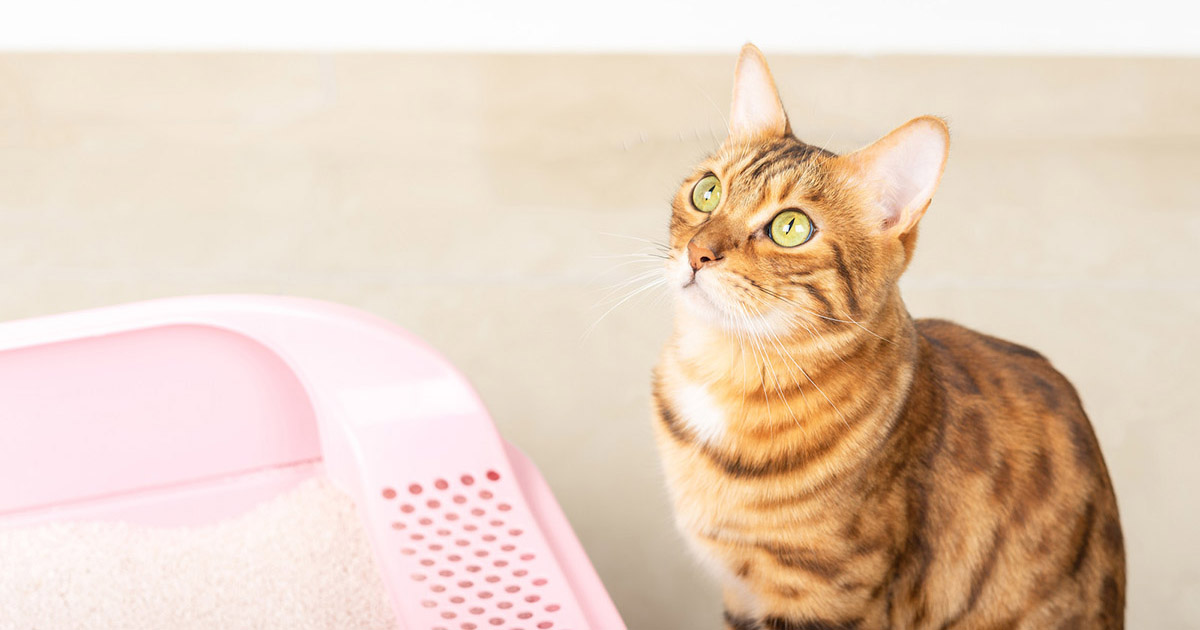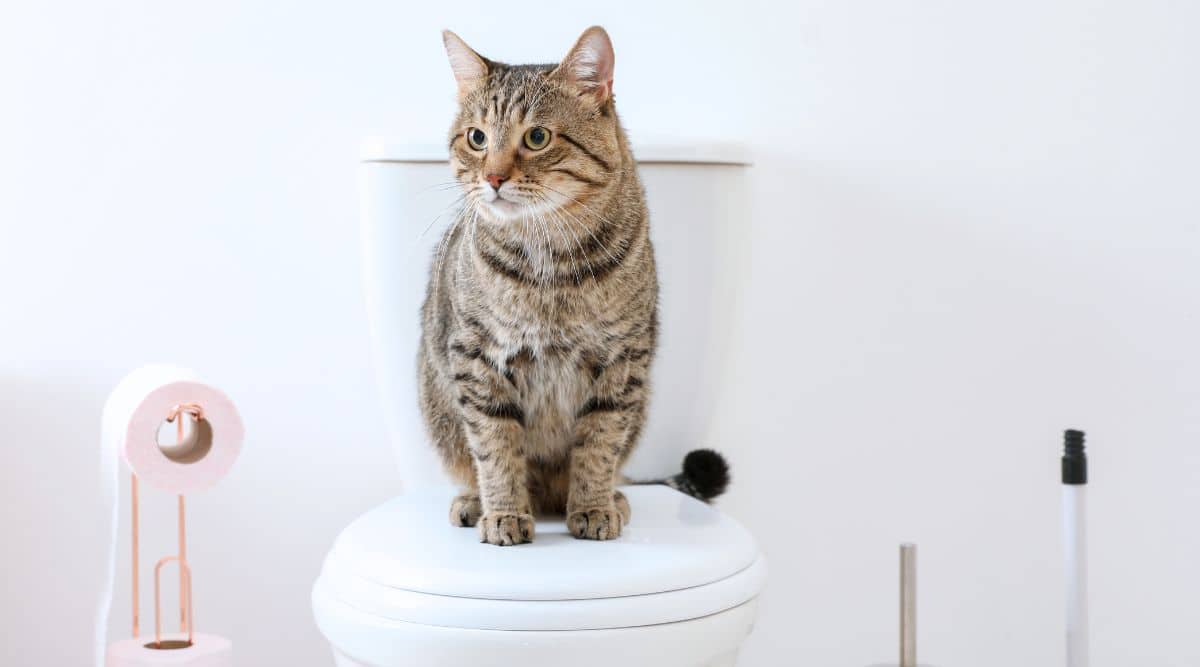Right here below you can locate a bunch of excellent details in regards to How to Dispose of Cat Poop and Litter Without Plastic Bags.

Introduction
As cat proprietors, it's vital to be mindful of how we deal with our feline good friends' waste. While it may appear practical to purge pet cat poop down the toilet, this practice can have destructive consequences for both the environment and human health.
Environmental Impact
Flushing cat poop presents damaging pathogens and parasites into the supply of water, positioning a considerable danger to water communities. These contaminants can negatively influence aquatic life and concession water high quality.
Health Risks
In addition to environmental issues, flushing pet cat waste can likewise posture wellness dangers to humans. Cat feces may have Toxoplasma gondii, a parasite that can trigger toxoplasmosis-- a possibly extreme health problem, particularly for expectant females and individuals with weakened body immune systems.
Alternatives to Flushing
Luckily, there are safer and a lot more responsible methods to take care of cat poop. Think about the adhering to alternatives:
1. Scoop and Dispose in Trash
The most typical approach of disposing of cat poop is to scoop it into a naturally degradable bag and throw it in the garbage. Make sure to use a specialized clutter inside story and dispose of the waste immediately.
2. Use Biodegradable Litter
Choose eco-friendly feline clutter made from products such as corn or wheat. These clutters are environmentally friendly and can be securely gotten rid of in the garbage.
3. Bury in the Yard
If you have a lawn, think about hiding pet cat waste in a marked location far from veggie yards and water sources. Make certain to dig deep sufficient to prevent contamination of groundwater.
4. Set Up a Pet Waste Disposal System
Purchase a family pet waste disposal system particularly developed for feline waste. These systems utilize enzymes to break down the waste, lowering odor and ecological effect.
Verdict
Responsible family pet possession prolongs beyond offering food and shelter-- it also involves correct waste monitoring. By refraining from flushing cat poop down the toilet and selecting alternate disposal approaches, we can decrease our ecological footprint and protect human health.
Why Can’t I Flush Cat Poop?
It Spreads a Parasite
Cats are frequently infected with a parasite called toxoplasma gondii. The parasite causes an infection called toxoplasmosis. It is usually harmless to cats. The parasite only uses cat poop as a host for its eggs. Otherwise, the cat’s immune system usually keeps the infection at low enough levels to maintain its own health. But it does not stop the develop of eggs. These eggs are tiny and surprisingly tough. They may survive for a year before they begin to grow. But that’s the problem.
Our wastewater system is not designed to deal with toxoplasmosis eggs. Instead, most eggs will flush from your toilet into sewers and wastewater management plants. After the sewage is treated for many other harmful things in it, it is typically released into local rivers, lakes, or oceans. Here, the toxoplasmosis eggs can find new hosts, including starfish, crabs, otters, and many other wildlife. For many, this is a significant risk to their health. Toxoplasmosis can also end up infecting water sources that are important for agriculture, which means our deer, pigs, and sheep can get infected too.
Is There Risk to Humans?
There can be a risk to human life from flushing cat poop down the toilet. If you do so, the parasites from your cat’s poop can end up in shellfish, game animals, or livestock. If this meat is then served raw or undercooked, the people who eat it can get sick.
In fact, according to the CDC, 40 million people in the United States are infected with toxoplasma gondii. They get it from exposure to infected seafood, or from some kind of cat poop contamination, like drinking from a stream that is contaminated or touching anything that has come into contact with cat poop. That includes just cleaning a cat litter box.
Most people who get infected with these parasites will not develop any symptoms. However, for pregnant women or for those with compromised immune systems, the parasite can cause severe health problems.
How to Handle Cat Poop
The best way to handle cat poop is actually to clean the box more often. The eggs that the parasite sheds will not become active until one to five days after the cat poops. That means that if you clean daily, you’re much less likely to come into direct contact with infectious eggs.
That said, always dispose of cat poop in the garbage and not down the toilet. Wash your hands before and after you clean the litter box, and bring the bag of poop right outside to your garbage bins.
https://trenchlesssolutionsusa.com/why-cant-i-flush-cat-poop/

Hopefully you liked our topic about Don’t flush cat feces down the toilet. Many thanks for finding the time to read through our content. Enjoyed reading our content? Please share it. Help somebody else locate it. Thanks for taking the time to read it.
Click Here
Comments on “Reasons You Mustn't Flush Cat Poop Down Your Toilet - Maintain Your Pipe Health”